Standard highway signs are an essential component of road infrastructure, serving as visual aids that provide crucial information to drivers and pedestrians. These signs adhere to specific design standards and guidelines to ensure uniformity and clarity across different road systems.
From directional signs guiding travelers to their destinations, to warning signs alerting drivers of potential hazards, standard highway signs play a pivotal role in promoting safety and efficiency on roadways. Whether it’s informing about upcoming exits, speed limits, or construction zones, these standardized signs are designed to convey essential information quickly and effectively, contributing to the overall organization and safety of the transportation network.
Who Regulates Standard Highway Signs?
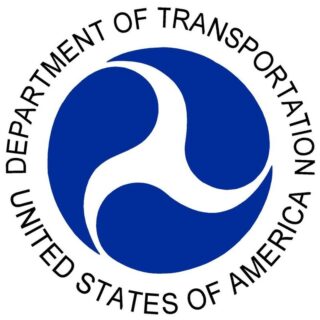 Standard highway signs are regulated and overseen by the Federal Highway Administration (FHWA) in the United States. The FHWA is responsible for establishing and maintaining the Manual on Uniform Traffic Control Devices (MUTCD), which sets the standards for the design, application, and placement of traffic control devices, including highway signs.
Standard highway signs are regulated and overseen by the Federal Highway Administration (FHWA) in the United States. The FHWA is responsible for establishing and maintaining the Manual on Uniform Traffic Control Devices (MUTCD), which sets the standards for the design, application, and placement of traffic control devices, including highway signs.
This comprehensive manual provides guidelines for the development and implementation of standard highway signs, ensuring consistency and uniformity across the nation’s roadways. Also, state and local transportation agencies play a role in adhering to these regulations, working in conjunction with the FHWA to ensure that standard highway signs meet the necessary criteria for safety and effectiveness.
What Does the MUTCD Say About Standard Highway Signs?
The Manual on Uniform Traffic Control Devices (MUTCD) is a (very) important document that outlines the regulations for road and highway signage in the United States, aiming to ensure uniformity and enhance safety on the nation’s roadways. According to the MUTCD, any sign used on public roads must adhere to its standards, which cover aspects such as design, placement, and maintenance. Since 2009, it has been mandatory for all states to comply with the National MUTCD regulations, ensuring a consistent approach to traffic control devices across state lines.
The emphasis of the MUTCD on uniformity is pivotal for increasing safety, as it guarantees that signs are easily readable, visible from significant distances, and constructed with materials that ensure longevity and resistance to fading or damage. Companies like Visigraph take pride in crafting signs that meet all MUTCD specifications, reflecting the industry’s commitment to these standards.
What is the Standard Alphabet (Font) for Highway Signs?
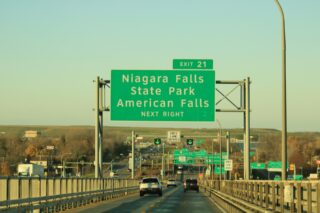 The standard alphabet for highway signs in the United States is called the Highway Gothic typeface. This typeface is specifically designed for optimal legibility, especially at high speeds and from various distances. The Highway Gothic typeface features a clear, sans-serif design with highly recognizable letterforms, ensuring that drivers can quickly and accurately read the information presented on the signs. The use of this standardized alphabet across all highway signs contributes to consistency and uniformity, enhancing overall safety and communication on the roadways.
The standard alphabet for highway signs in the United States is called the Highway Gothic typeface. This typeface is specifically designed for optimal legibility, especially at high speeds and from various distances. The Highway Gothic typeface features a clear, sans-serif design with highly recognizable letterforms, ensuring that drivers can quickly and accurately read the information presented on the signs. The use of this standardized alphabet across all highway signs contributes to consistency and uniformity, enhancing overall safety and communication on the roadways.
Internationally, the standard alphabet for highway signs varies by country, with each country having its own set of guidelines and typefaces. For example, in the United Kingdom, the Transport typeface is commonly used for road signs, known for its clear and legible characters. Similarly, other countries have their own specific typefaces designed to maximize readability and comprehension for drivers and pedestrians alike. These standardized alphabets play a crucial role in maintaining uniformity and clarity in roadway signage, contributing to the overall safety and efficiency of transportation systems worldwide.
What are the Types of Standard Highway Signs and their Colors?
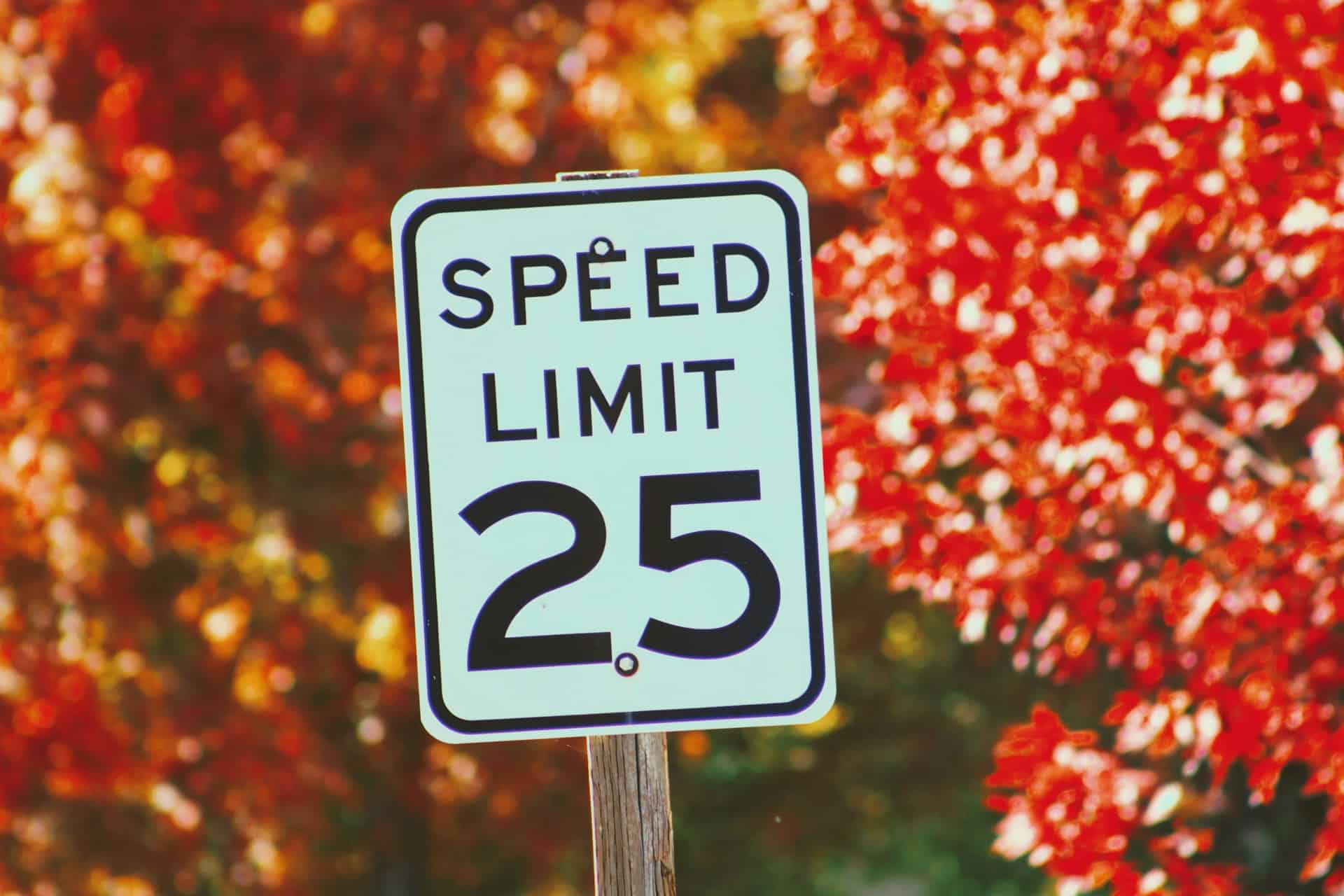
1. Regulatory Signs: These signs are crucial for informing drivers of traffic laws and regulations. They are typically white with black lettering or symbols, such as speed limits, stop signs, and yield signs.

2. Warning Signs: Warning signs are designed to alert drivers to potential hazards, changes in road conditions, or other important information. They are often diamond-shaped and feature a yellow background with black symbols or lettering.
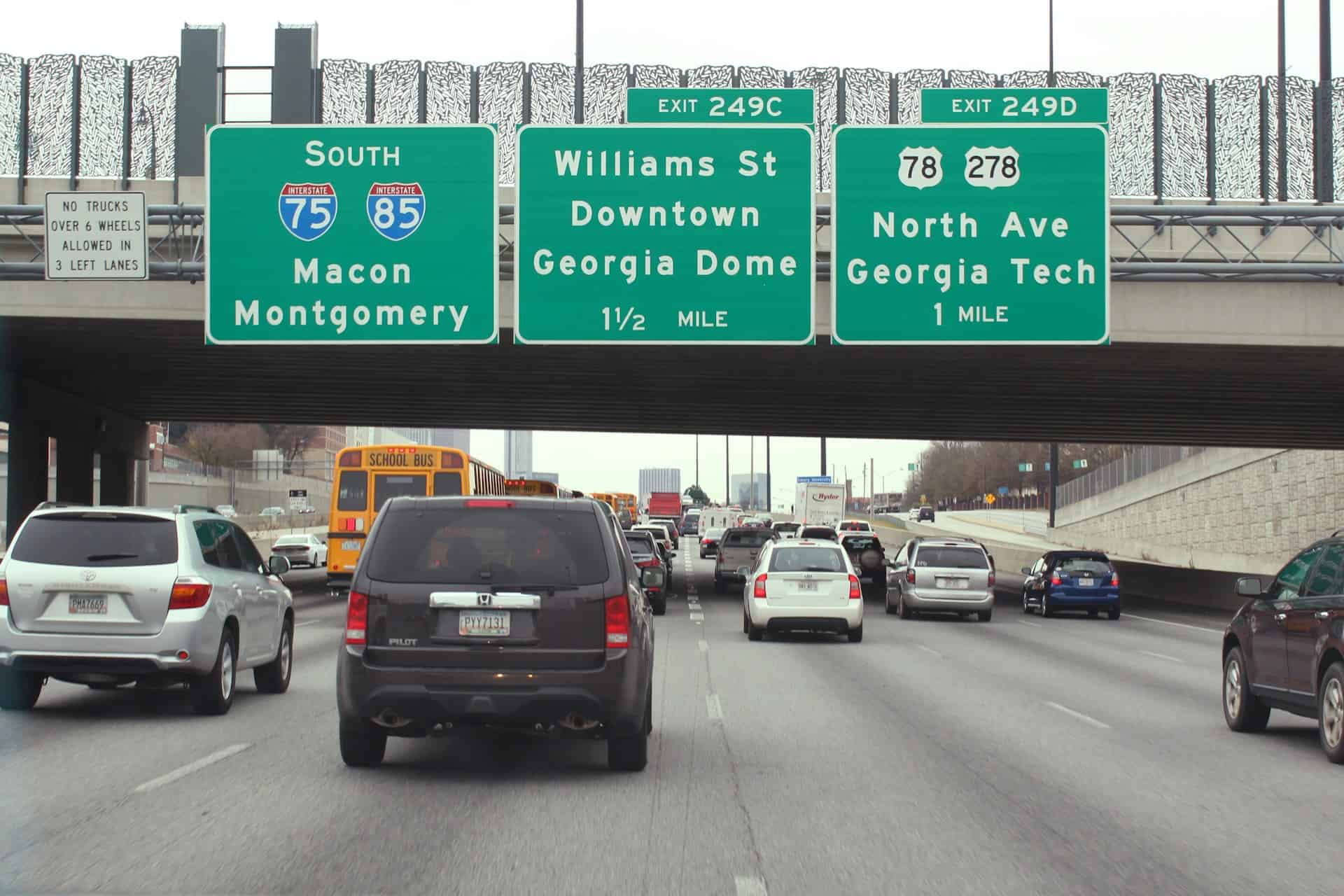
3. Guide Signs: Guide signs provide essential information to drivers, including directions, destinations, and distances to specific locations. These signs are typically green, brown, or blue with white lettering, helping travelers navigate the road network effectively.
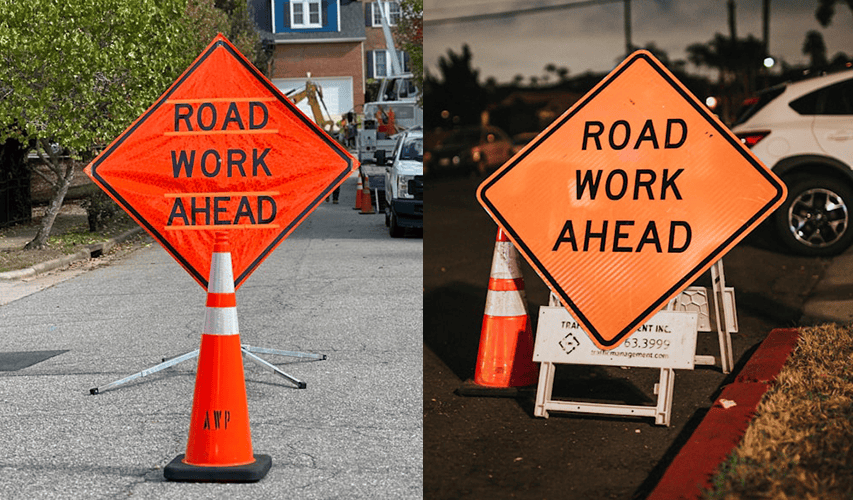
4. Temporary Traffic Control Signs: These signs are used to convey temporary traffic regulations, construction zone information, and other short-term conditions on roadways. They often feature an orange background with black lettering or symbols, ensuring that drivers are aware of temporary changes to the traffic environment.
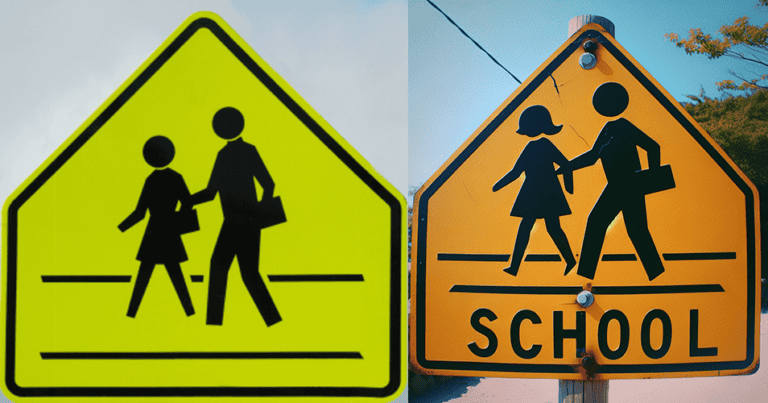
5. School Signs: School signs are used to alert drivers to the presence of school zones, crosswalks, and other areas where children may be present. These signs are typically yellow with fluorescent yellow-green lettering or symbols, emphasizing the importance of caution in these areas.
These signs are categorized based on their purpose, with each type serving a specific function to ensure the safety and efficiency of road users. By utilizing distinct colors and designs, these signs effectively communicate essential information to drivers, guiding them through various traffic situations and contributing to overall road safety.
Are Standard Highway Signs Required to Conform to the MUTCD Standards?
Yes, they are required to conform to the standards set forth by the Manual on Uniform Traffic Control Devices (MUTCD). The MUTCD provides comprehensive guidelines and regulations for the design, application, and placement of traffic control devices, including highway signs. These standards are essential for ensuring uniformity and consistency across the nation’s roadways, promoting safety and effective communication for drivers and pedestrians.
Adhering to the MUTCD standards is mandatory for all states in the United States, and it plays a pivotal role in enhancing the overall organization and safety of the transportation network. By conforming to these standards, standard highway signs contribute to the clarity, visibility, and effectiveness of traffic control devices, ultimately improving the safety and efficiency of the road system.
Conclusion
Standard highway signs play a crucial role in guiding and informing drivers, contributing to the safety and efficiency of the transportation network. Regulated by the Federal Highway Administration (FHWA) and required to conform to the Manual on Uniform Traffic Control Devices (MUTCD) standards, these signs are categorized into regulatory, warning, guide, temporary traffic control, and school signs, each serving a specific purpose with distinct colors and designs. By providing essential information, alerting drivers to hazards, and guiding them to their destinations, these signs are fundamental in promoting safe and effective traffic flow on the nation’s roadways.
Popular Posts:




